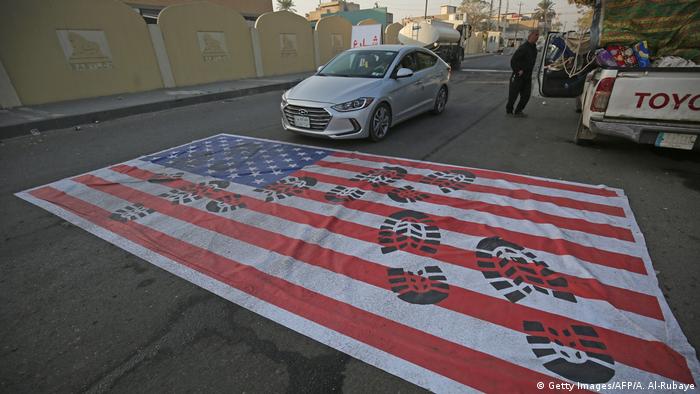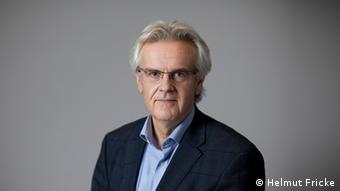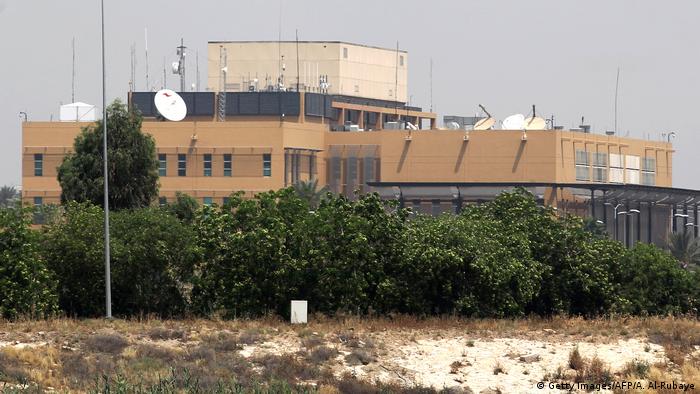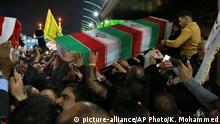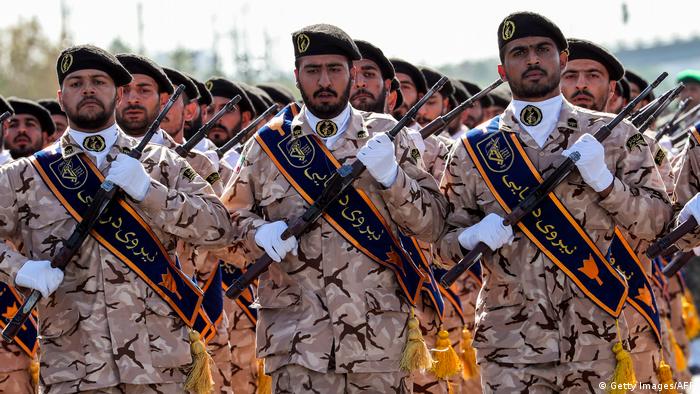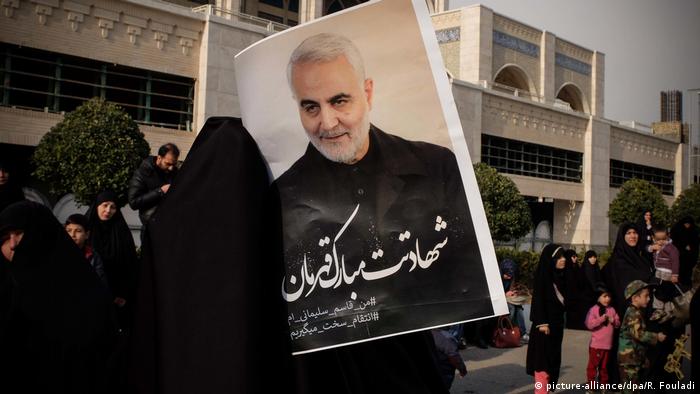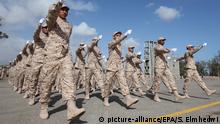
More than two dozen cadets have been killed in a raid on a military academy in Libya's besieged capital, Tripoli. Medical workers are still sifting through the rubble and warn the death toll could rise.
An airstrike hit a military school in southern Tripoli late Saturday, killing at least 28 students and injuring dozens more, Libyan health authorities said.

Medical workers have said the death toll could still rise
The bombing targeted the capital's Hadaba area, which has been the scene of intense fighting between the besieged UN-backed government and a self-styled army led by General Khalifa Haftar.
A Health Ministry spokesman said the raid struck as cadets gathered on a parade ground before retiring to their dormitories.
Medical workers at the scene were looking for bodies in the rubble, and warned the number of victims could rise. Authorities also called for blood donations to help hospitals treat the wounded.
Read more: Libya's battle for Tripoli — what you need to know
A ray of hope in war-torn Libya
The internationally recognized Government of National Accord (GNA) holds Tripoli, but since April has been under sustained attack by Haftar's Libyan National Army (LNA), which is supported by a rival administration based in the eastern city of Tobruk.
There was no immediate claim of responsibility for Saturday's strike. The government in Tripoli has blamed the LNA, which denied involvement.
Battle intensifies
Clashes have escalated in recent weeks following Haftar's announcement of a "final" offensive to seize the capital. The push came after Tripoli authorities signed military and maritime deals with Turkey, which has authorized the deployment of troops to Libya.
More than 280 civilians and over 2,000 fighters have been killed since the start of Haftar's assault, according to the United Nations.
Libya's two governments began vying for control after the 2011 fall of dictator Moammar Gadhafi plunged the country into chaos.
Haftar's LNA and the eastern administration enjoy the support of France, Russia, Jordan, the United Arab Emirates, and other key Arab countries, while the Tripoli-based government is backed by Turkey, Italy and Qatar.
---30---




